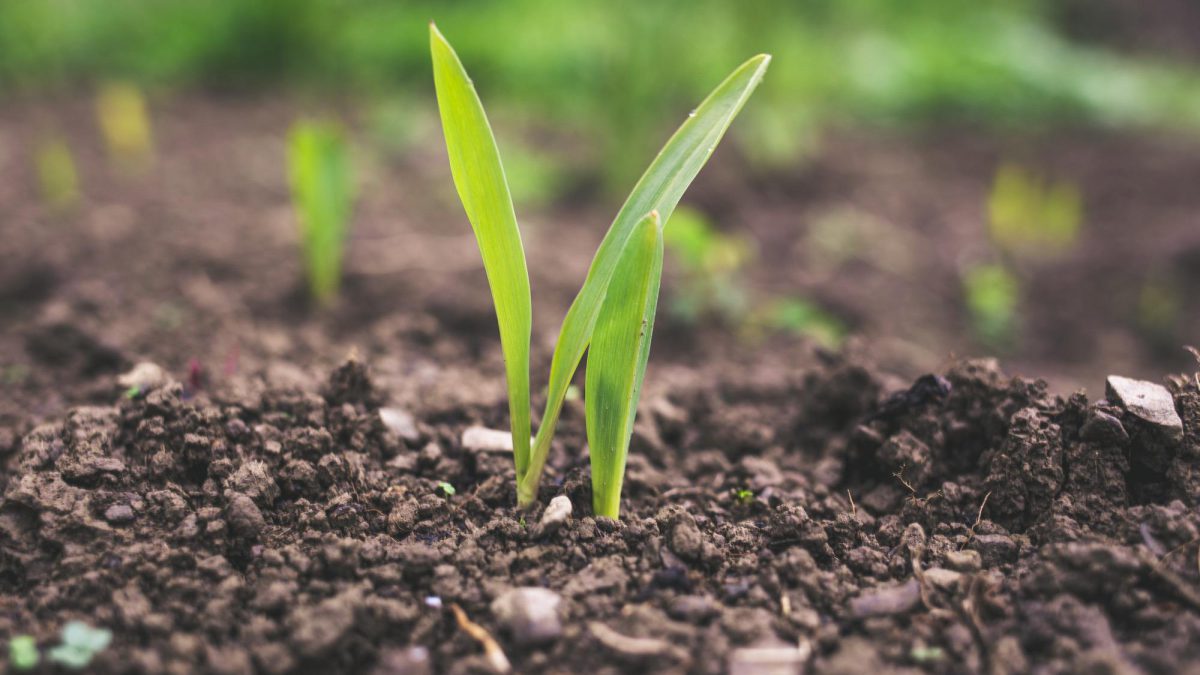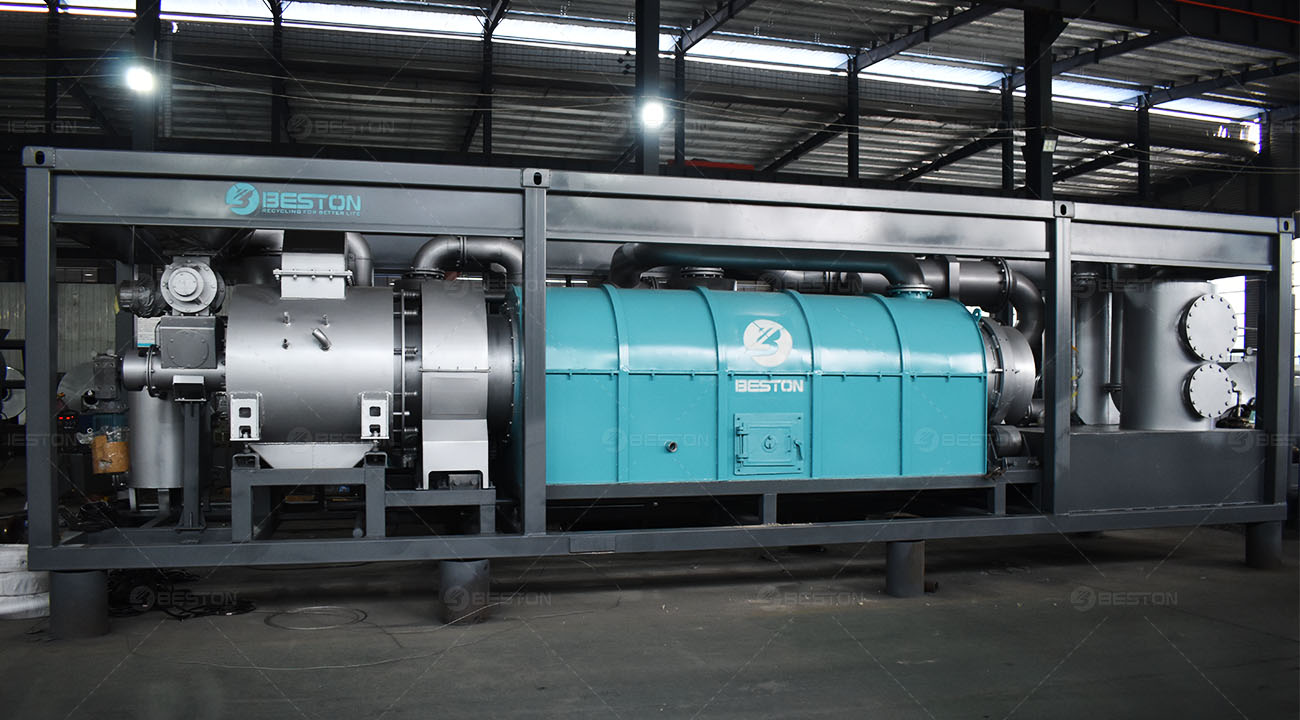Agricultural Waste Transformed: Biochar and Sustainable Agriculture
In the quest for sustainable agricultural practices, researchers and farmers alike have turned their attention to biochar, a promising soil amendment derived from agricultural waste. Biochar production is gaining momentum as an eco-friendly solution to improve soil health, sequester carbon, and enhance crop productivity. This article explores the process of biochar production from agricultural waste and its role in supporting sustainable agriculture.

Understanding Biochar
Biochar is a carbon-rich material produced by heating organic matter, such as agricultural waste, at high temperatures in the biomass pyrolysis plant. This thermochemical decomposition occurs in the absence of oxygen, resulting in the conversion of biomass into a stable form of carbon. The resulting biochar is characterized by its porous structure, high surface area, and capacity to retain water and nutrients.
Agricultural Waste as a Resource
Agricultural activities generate a significant amount of organic waste, including crop residues, manure, and pruning materials. Traditionally, these residues are either burned or left to decompose, contributing to greenhouse gas emissions and soil degradation. However, by utilizing agricultural waste as feedstock for biochar production, farmers can effectively manage waste while producing a valuable soil amendment.
Biochar Production Process
Feedstock Preparation
The first step in biochar production is the collection and preparation of agricultural waste materials. This may include shredding or chipping bulky residues to facilitate handling and ensure uniform heating during pyrolysis. The choice of feedstock can influence the properties of the resulting biochar, with different materials yielding biochars with varying porosity, nutrient content, and stability.
Pyrolysis
Once the feedstock is prepared, it undergoes pyrolysis in specially designed biochar production equipment. During pyrolysis, the feedstock is heated to temperatures typically ranging from 350°C to 800°C in an oxygen-limited environment. This thermal decomposition process breaks down complex organic molecules into simpler compounds, including volatile gases, bio-oil, and solid biochar.
Activation (Optional)
In some cases, biochar may undergo an additional activation step to enhance its adsorption properties. Activation involves subjecting the biochar to physical or chemical treatments to increase its surface area and pore volume. Common activation methods include steam activation, chemical impregnation, and physical grinding. Activated biochars exhibit greater adsorption capacity for contaminants and nutrients, making them particularly suitable for soil remediation and water treatment applications.
Benefits of Biochar in Sustainable Agriculture
Soil Amendment
One of the primary benefits of biochar is its ability to improve soil fertility and structure. When incorporated into the soil, biochar acts as a long-term carbon sink, sequestering carbon and mitigating climate change. Additionally, biochar enhances soil aggregation, water retention, and nutrient cycling, leading to improved soil health and crop productivity. Its porous structure provides habitat for beneficial microorganisms, promoting soil biodiversity and resilience to environmental stress.
Carbon Sequestration
By converting agricultural waste into biochar, farmers can contribute to carbon sequestration efforts and mitigate the impacts of climate change. Biochar effectively locks away carbon in the soil, where it can remain stable for hundreds to thousands of years. This carbon-negative aspect of biochar production helps offset greenhouse gas emissions from agricultural activities and fossil fuel combustion, making it a valuable tool in climate-smart agriculture.
Nutrient Management
Biochar serves as a reservoir for nutrients, holding them in plant-available forms and reducing nutrient leaching. When applied to nutrient-depleted soils, biochar can enhance nutrient retention and reduce the need for synthetic fertilizers. Its cation exchange capacity (CEC) enables biochar to adsorb and release nutrients slowly over time, providing a sustained supply to crops and minimizing nutrient runoff into water bodies.
Soil Remediation
In addition to its benefits for agricultural soils, biochar has shown promise in remediation efforts for contaminated sites. Its adsorption capacity allows biochar to bind heavy metals, pesticides, and organic pollutants, reducing their mobility and bioavailability in the environment. By amending contaminated soils with biochar, researchers aim to immobilize toxic substances and restore soil quality for safe land use.
You can learn more about the sustainable uses of biochar from Beston Comapany.
Challenges and Considerations
While biochar holds great potential for sustainable agriculture, several challenges and considerations must be addressed to realize its full benefits.
Feedstock Availability
The availability and cost of feedstock can vary depending on factors such as location, agricultural practices, and crop residues. Ensuring a consistent supply of feedstock is essential for biochar production, particularly at large scales. Collaboration between farmers, researchers, and policymakers is needed to identify suitable feedstock sources and establish sustainable supply chains.
Technology Adoption
The adoption of biochar pyrolysis equipment and technologies may require investment and technical expertise, especially for small-scale farmers. Access to affordable and user-friendly pyrolysis systems is essential for widespread adoption of biochar production. Continued research and development efforts are needed to improve the efficiency, scalability, and affordability of biochar production equipment for diverse agricultural settings.
Soil Compatibility
The effects of biochar on soil properties and crop growth can vary depending on soil type, climate, and management practices. Conducting site-specific trials and soil tests can help farmers determine the optimal application rates and methods for incorporating biochar into their agricultural systems. Integrating biochar with other sustainable practices, such as cover cropping and crop rotation, can enhance its effectiveness in different agroecosystems.
Environmental Impacts
While biochar offers numerous environmental benefits, its production and application must be carefully managed to minimize potential risks. Emissions of greenhouse gases and air pollutants during pyrolysis should be monitored and mitigated through proper equipment design and operation. Additionally, the long-term effects of biochar on soil microbiota, water quality, and ecosystem dynamics warrant further investigation to ensure sustainable land management practices.

Conclusion
As the agricultural sector seeks innovative solutions to address environmental challenges and enhance productivity, biochar emerges as a promising tool for sustainable agriculture. By harnessing agricultural waste and converting it into a valuable soil amendment, farmers can improve soil health, sequester carbon, and promote resilient food systems. However, realizing the full potential of biochar requires collaboration across disciplines and stakeholders, as well as continued research and investment in biochar production equipment and technologies. With careful planning and implementation, biochar has the potential to revolutionize agriculture and contribute to a more sustainable and resilient future.